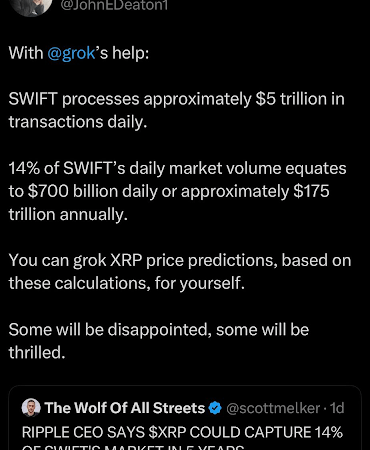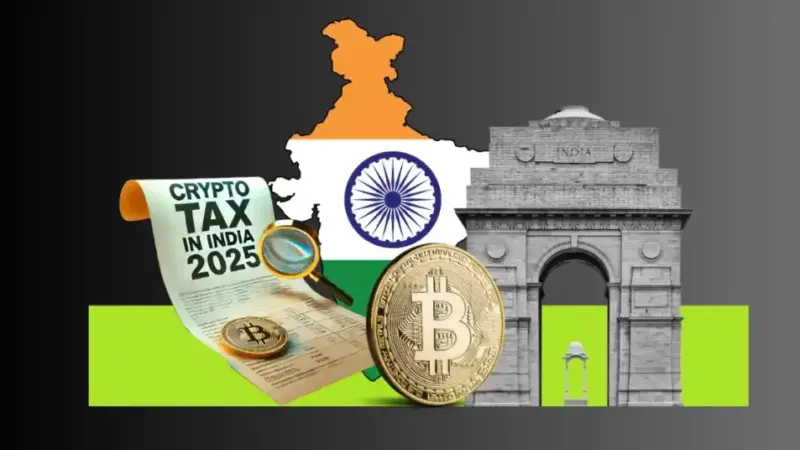Vitalik Buterin suggests ways to speed up Ethereum transaction confirmations
Ethereum co-founder Vitalik Buterin has suggested ways to help the blockchain improve its transaction confirmation times.
Buterin, in a June 30 blog post, explained that Ethereum’s Gasper consensus mechanism uses a slot-and-epoch architecture that contains certain complexities, like bug interactions and a 12.8-minute confirmation time, that makes it “more and more uncomfortable” for user experiences.
So, he highlighted some of the “practical options” Ethereum has to improve its user experience further.
SSF
Buterin stated that the single-slot finality (SSF) mechanism is similar to the Tendermint consensus, as it allows the finalization of blocks as soon as they are produced.
However, unlike the Tendermint consensus, Ethereum will keep the “inactivity leak” mechanism to allow chains to remain functional even if a third of the validators go offline. Buterin added that the single-slot finality mechanism also has its faults. Notably, all Ethereum stakers must publish two messages every 12 seconds, overloading the chain.
Meanwhile, Buterin furthered that while there are ideas to mitigate this issue, users may still have to wait 5-20 seconds. He wrote:
“There are clever ideas for how to mitigate this, including the very recent Orbit SSF proposal. But even still, while this improves UX significantly by making ‘finality’ come faster, it doesn’t change the fact that users need to wait 5-20 seconds.”
Rollup preconfirmations
Rollup preconfirmations aim to improve Ethereum’s Layer 2 (L2) solutions. These solutions process transactions with the same security as the Ethereum base layer (L1) but on a larger scale.
Rollups confirm transactions much faster than the current 5-20 seconds, targeting latencies of hundreds of milliseconds. This method divides responsibilities — the L1 network remains stable, censorship-resistant, and reliable, while the L2s offer faster transaction times and address user needs directly.
To achieve faster confirmations, L2s create decentralized sequencing networks. These networks have smaller groups of validators who quickly sign off on blocks, often within milliseconds, and commit them to the blockchain.
However, validators must ensure their commitments are consistent and trustworthy. If a validator signs conflicting blocks, they risk losing their deposits.
Based preconfirmations
Based preconfirmations leverage Ethereum proposers’ advanced capabilities, driven by Maximum Extractable Value (MEV) prospects.
The concept involves establishing a standardized protocol where users can pay an extra fee for immediate assurance that their transaction will be included in the upcoming block. This service, known as preconfirmations-as-a-service, would assure users of swift transaction confirmation.
Proposers who fail to fulfill their commitment or breach the agreement face penalties (slashing). Buterin noted that this framework will apply to L1 transactions and extend to L2 solutions. By treating all L2 blocks as L1 transactions, the preconfirmation mechanism ensures accelerated confirmations throughout the Ethereum network.
Buterin noted that Ethereum implementing SSF and rollup or based preconfirmations could significantly reduce transaction confirmation times.
However, he pointed out that this would return to the initial “epoch-and-slot architecture” the blockchain was trying to ditch. He stated:
“There is a deep philosophical reason why epoch-and-slot architectures seem to be so hard to avoid: it inherently takes less time to come to approximate agreement on something, than to come to maximally-hardened ‘economic finality’ agreement on it.”
He suggested that the network developers explore other options that are not as tightly interwoven as Gasper.
The post Vitalik Buterin suggests ways to speed up Ethereum transaction confirmations appeared first on CryptoSlate.


